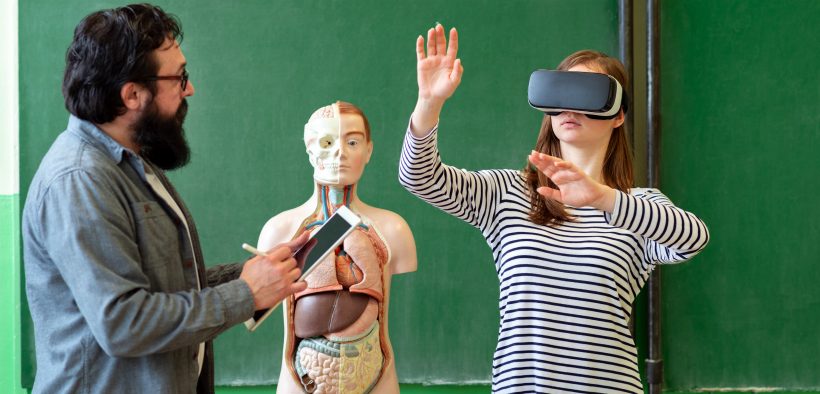Long ago I learned that the best way to tour a city is by bike. A car isolates a tourist from a city, while a bike immerses them in it. A car is a means of racing from tourist destination to tourist destination in as little time as possible, with heavy traffic, protests, and everything else in between being only distractions to avoid. But it is everything between tourist destinations that makes a city what it is, including its people, climate, and culture. A bike contextualizes the city from the perspective of someone living it in.
Related Articles
I have two loves: teaching and learning. Although I love them for different reasons, I’ve been passionate about...
Active learning is a mostly meaningless educational buzzword. It’s a feel-good, intuitively popular term that indicates concern for...
Perhaps the earliest introduction a student has with a course is the syllabus as it’s generally the first...
Generative AI allows instructors to create interactive, self-directed review activities for their courses. The beauty of these activities...
I’ve often felt that a teacher’s life is suspended, Janus-like, between past experiences and future hopes; it’s only...
I teach first-year writing at a small liberal arts college, and on the first day of class, I...
Proponents of rubrics champion them as a means of ensuring consistency in grading, not only between students within...








